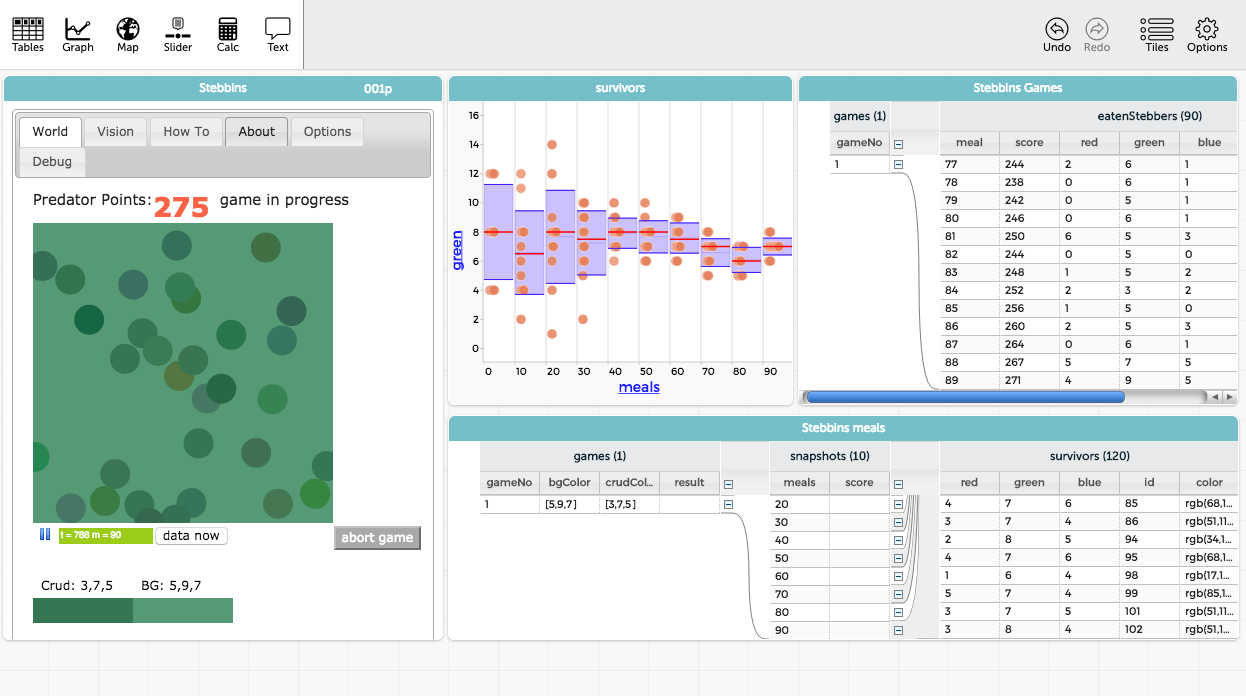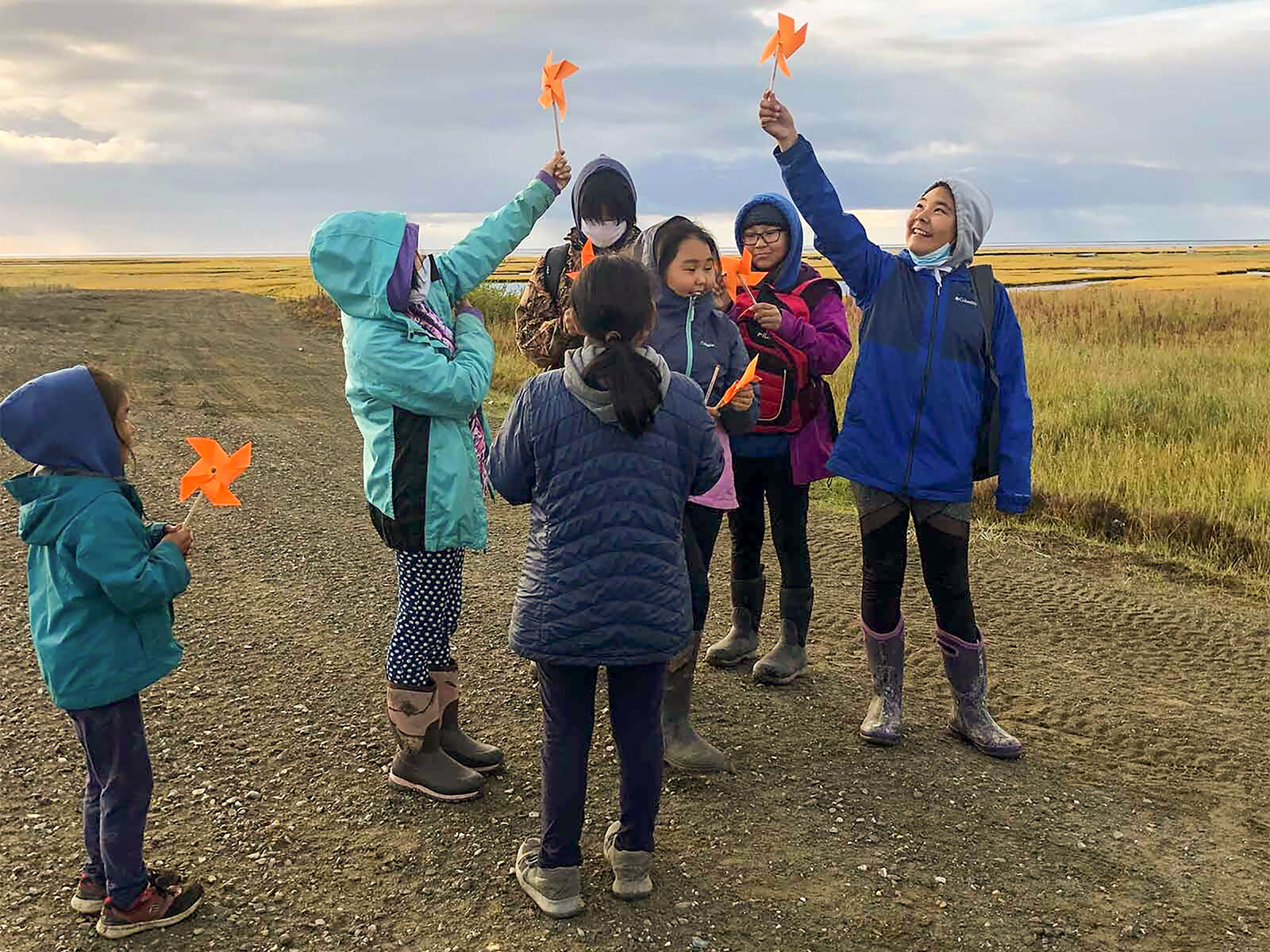Graph Literacy
Importance
Graphs are powerful tools for visualizing data, but too often students are unable to gain insights from them because they never learn the fundamentals of “reading” graphs. The Graph Literacy project was designed to help. We cataloged the basic steps necessary for interpretation of simple graphs and developed a set of activities to address these steps.
Graph literacy is the ability to identify the important features of a wide variety of graphs and relate those features to the context of the graphs—in other words, to increase student understanding of the meaning of graphs. Graph literacy is emphasized in both the Common Core State Standards for Mathematics and the Next Generation Science Standards. The math standards suggest, for example, that by the eighth grade, students should learn about lines of best fit and what they mean.
Research
During the winter of the 2013-2014 school year we conducted a randomized experimental trial of six graph literacy software activities in Maine. The primary research question was whether use of the software activities would increase experimental students’ understanding of graphs, compared to the control group that did not use the software. The overall conclusion of the study was that the approach used to teach graph literacy is promising.
Nine teachers in Maine were recruited to participate in the study. All of them taught science or math in grades 6-9. Five teachers were randomly selected for the experimental group and four for the control group. Data were collected from all teachers about the experiences of three sections of students. In total, more than 500 students in 27 classes participated in the research.
The project developed a 20-item multiple-choice assessment of students’ understanding of graphs. The same assessment, which was delivered online, was used as a pre-test in November 2013 and as a post-test in February 2014. In all, 378 students completed both the pre-test and post-test. Each item was matched to one of seven learning objectives, based on a review of research about how people learn to “read” and understand graphs. Statistical tests established that the assessment is reliable.
Teachers were asked to describe instructional activities each week in which students used graphs. Experimental teachers also answered questions about their use of the six software activities. All the teachers submitted weekly logs for three sections of students. More than 300 logs were submitted.
Pre-test scores for the students in the experimental and control groups were not statistically different. However, the mean gain from pre to post for the 214 experimental students was 1.23 (median = 1.5, mode = 2, sd = 3.09), which was statistically significant. The gain from pre to post for the 164 control students was 0.17 (median = 0, mode = 0, sd = 2.99), which was not statistically significant. The effect size of the difference in gain scores is 0.35, which is considered a small to medium size effect, and this result is statistically significant (t = -3.347, df = 376, p = .001). We conclude that the experimental treatment—use of the six software activities—had a statistically significant positive impact on students’ understanding of graphs, as assessed using the pre/post test.
The secondary research question for this study was whether, after using the activities, the experimental teachers believe they are valuable to students, easy to use, and worth the time and effort to include in the STEM curriculum. Teachers reported that it took students an average of 20 minutes to complete an activity. In 75% of the instances when teachers used an activity with a class they reported they would use the activity again “as is” or “with minor changes.” In 75% of the trials teachers agreed or strongly agreed that the content was accessible to their students, and 80% of the time they agreed or strongly agreed that the software activities helped their students achieve the learning objectives for that activity.
Publications
Zucker, A., Staudt, C., & Tinker, R. (2015). Teaching graph literacy across the curriculum. Science Scope, 38(6), 19-24.
Staudt, C., & Kimball, N. (2015), Monday’s lesson: Graph literacy – Interpolation. @Concord, 19(1), 7.
Activities
View, launch, and assign activities developed by this project at the STEM Resource Finder.







